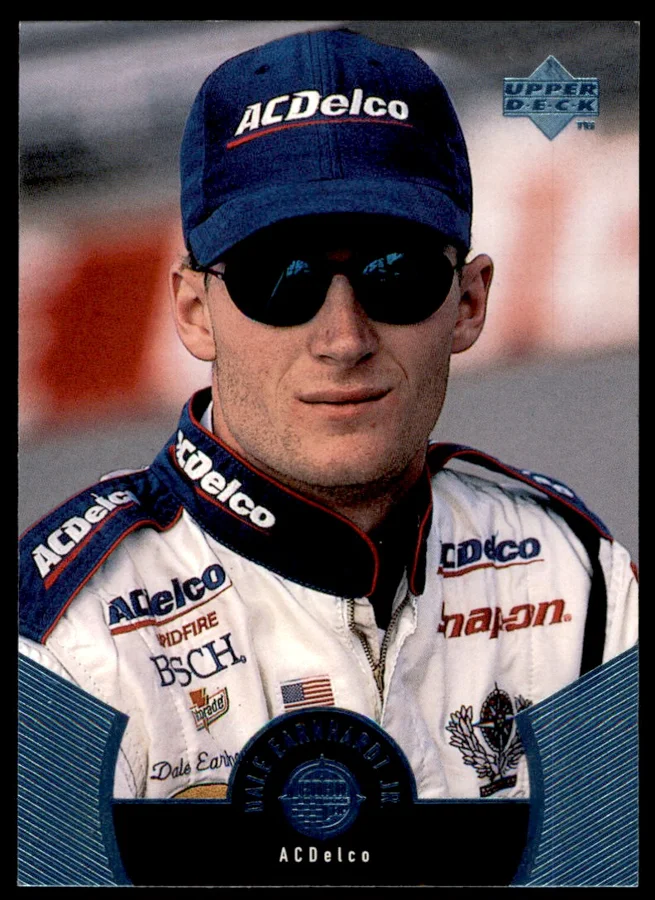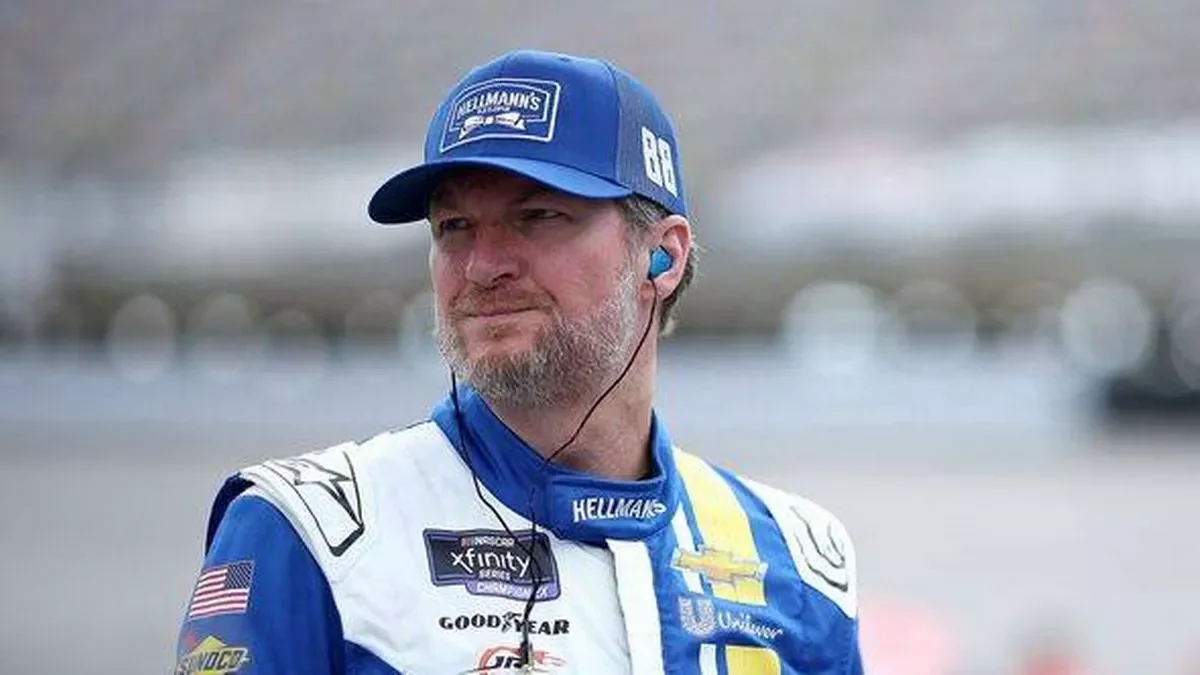Dale Earnhardt Jr. wants more NASCAR ovals, voicing strong criticism of the dominance of road courses in the current schedule. Speaking recently, Earnhardt argued that fans crave the competitive action characteristic of oval tracks, pointing to widespread disappointment with recent road course events.
Concerns Over Declining Competition on Road Courses
During recent Cup Series races such as the Go Bowling at The Glen, passing has become rare, with much of the field finding it difficult to make moves, even when running on matched tires. The weaknesses of the Next Gen Package, especially in handling aerodynamic disturbances, were evident as many drivers struggled in dirty air, leading to unexciting, processional races.
Shane van Gisbergen’s dominant performances have underscored the problem, as he managed to finish 11 seconds ahead at The Glen and built a 16-second advantage in Mexico City. This pattern has highlighted a concerning gap in competitiveness and excitement on the road courses.
On his podcast, Earnhardt didn’t hold back in his assessment, expressing disappointment with the quality of racing and how it diverges from what longtime fans expect from NASCAR events.
“In NASCAR we expect lots of passing. We expect lots of battles, we expect contact, we expect door to door. That’s our expectation because of the last 75 years of what we’ve seen when we come up on a road course now and we don’t see what we expect. We’re not willing to allow this type of product to be normalized,” he said. —Dale Earnhardt Jr.
“My opinion on how many road courses we should have is going to be in the minority. I like two road courses. I like Sonoma. I like Watkins. Looking at NASCAR in the 75 year history, it was born out of the dirt tracks and the short track half mile style facility. It was an oval series,” he added. —Dale Earnhardt Jr.
Calls for Course Design Revisions and Racing Heritage
Looking ahead, the Cup Series is set for the Charlotte Roval, another road course event. Earnhardt Jr. remarked that fans are likely to prefer watching a race on Charlotte’s traditional oval, especially given the timing late in the playoffs. If Shane van Gisbergen secures a victory at The Roval, it could propel him into the Round of 8, raising further questions about the balance of the schedule.

Support for Track Changes Echoed by Fellow Drivers
Earnhardt recently shared support for driver Corey Lajoie’s view on altering road courses to boost excitement. Lajoie has proposed the return of aggressive curbs and grass run-offs—features historically used to penalize off-track excursions but largely removed out of safety concerns. Today’s wide runoff zones not only reduce the risk but also encourage frequent track limit violations, compromising the racing product.
“Bring back aggressive curbs and grass run-offs at road courses,” Lajoie wrote. —Corey Lajoie
Earnhardt believes the evolution of the Next Gen Package has made the cars feel more akin to sports cars, diluting the stock car tradition that defined the series for decades. While Kyle Petty has pushed back on Earnhardt’s perspective, others, including the former crew chief of Martin Truex Jr., have voiced support, intensifying the debate around the technical direction of NASCAR and its identity.
The Debate Around NASCAR’s Future Courses
The discussion around the number and nature of road courses versus ovals is gaining traction, fueled by Dale Earnhardt Jr.’s outspoken stance and the performance patterns seen with drivers like Shane van Gisbergen. With key entities such as NASCAR, SVG, and others in the spotlight, the racing community is left pondering whether a shift back to NASCAR’s oval roots—highlighted by iconic facilities like Sonoma and Watkins—would better serve fans and restore traditional excitement in the series.
As the season progresses and the final road course looms on the calendar, the broader NASCAR community remains divided on how best to balance safety, competition, and heritage, with the next moves set to shape the style of racing for seasons to come.
